But how should you pick the right coffee beans, and what are the things you should be looking for? In this blog post, we will discuss the most important aspects of choosing the right coffee beans for your Breville espresso machine. We’ll also give you some tips on how to choose the right beans according to your taste preferences.
Things to Consider when Buying Coffee Beans for Your Breville Espresso Machine
Buy Fresh
When it comes to coffee, freshness is key. Once the coffee is roasted, it begins to oxidize and lose its flavors and aromatics. That’s why it’s best to buy beans that have been roasted within the last few days.
When buying coffee, make sure to purchase one with a roast date. Generally, you won’t find this information on supermarket coffee, but most specialty coffee roasters will include it.
If you can, always buy from a local roaster. This will ensure you’ll get fresh and delicious coffee from a sustainable source and also support your local coffee community.
If you can’t find one in your area, your second best bet is to buy beans online from a coffee roaster that will ship the freshly roasted coffee right to your doorstep. When pre-ordering, it’s good to realize how much coffee you drink on a weekly or monthly basis. A batch of coffee for around 2-4 weeks should be just the right amount. This way, you can make sure you won’t run out of coffee too soon, but also not pre-order so much that your coffee will start going stale.
It’s also important to realize that there is a sweet spot when it comes to freshness and that the freshest doesn’t mean the best. For the purpose of making espresso, you want to use coffee that was rested for around 5-10 days after roasting. While it’s certainly possible to make espresso with coffee that has just been roasted, it will be more difficult to extract since the coffee beans emit large amounts of CO₂, which negatively impacts the extraction process and taste. Optimally you want to use up your beans within 2-4 weeks after roasting, as this is the timeframe when they’re at their best.
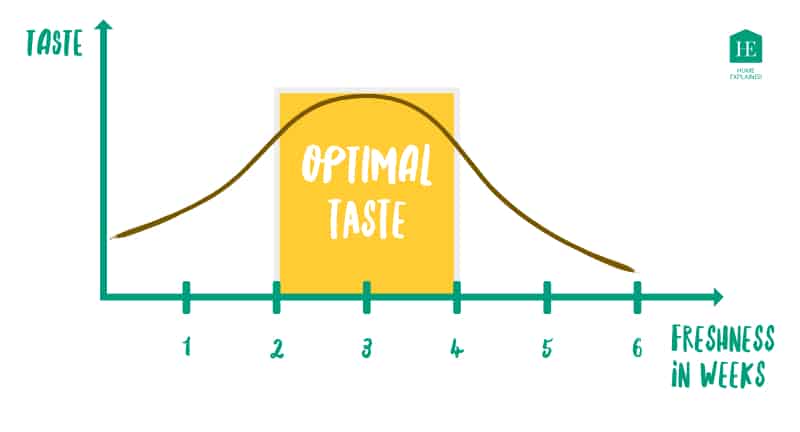
Roast Degree
The roast degree affects not only the taste of the coffee but also how easy it is to extract. As you roast the coffee beans, they become porous, which allows for the hot water to extract the flavors and aromas in the brewing process. While your Breville can make espresso with any roast degree, it is essential to realize that lighter roasts are less porous, making them a bit more difficult to extract. So if you’re just starting out with making espresso, it may be a good idea to choose a medium or a darker roast as these are generally easier to work with, thanks to their higher porosity.
Of course, the roast degree is also a matter of taste and preference. If you like espresso with a rich traditional coffee flavor, you may want to go for a darker roast. Conversely, if you prefer a more mellow cup of coffee that will allow you to truly experience the unique flavors of a particular variety or region, a lighter roast is the better choice.
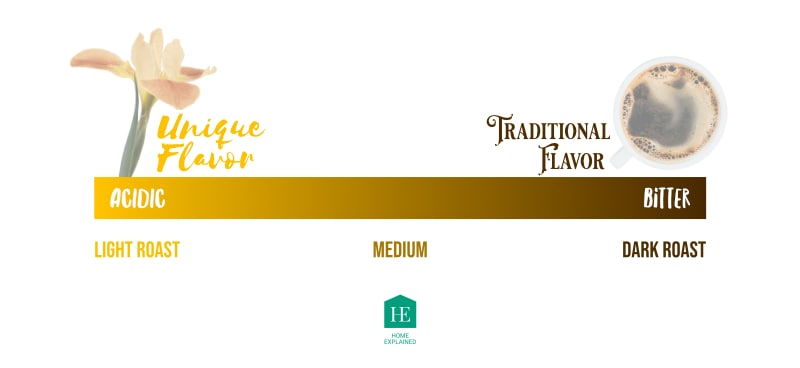
It’s also important to note that you may want to adjust your dose to improve the extraction for different roast degrees. In our dedicated article, you can learn more about choosing the correct dose for your coffee.
Coffee Type
When choosing the right coffee beans for your espresso, there are two main types to choose from – Arabica and Robusta.
Breville recommends using quality 100% Arabica beans with their espresso machines. Arabica beans are known for their superior flavor and aroma with significantly less bitterness when compared to Robusta. They also tend to be more expensive than Robusta beans due to the lower yield per plant and the fact that they’re more challenging to grow, cultivate and harvest.
On the other hand, Robusta plants are not as high maintenance and produce a better crop than Arabica. Thanks to these factors, their beans are generally less expensive. They also have as much as 50% higher caffeine content which some coffee drinkers prefer. The drawback is that they have a more bitter and harsh taste with less complexity when compared to Arabica beans.
Technically there is no reason why you can’t use Robusta beans in your Breville espresso machine. However, we would recommend sticking to Arabica as the higher quality beans will produce a better-tasting cup of espresso.
Choosing the Right Beans for Your Taste
In the world of specialty coffee, you will find a wide range of different flavors and aromas, which are determined not only by the coffee’s variety and place of origin but also by the processing method and roast degree.
Since everybody has different taste preferences, it’s essential to understand the basics of coffee flavor profiles. This way, you can ensure that when you’re choosing your next bag of beans, you can pick something that you will likely enjoy.
The Basic Flavors
In essence, there are two most dominant flavors that every coffee will consist of (although to a varying degree): bitterness and acidity. Sure there are many other flavors and aromas you can spot in various types of coffees, but many of the taste descriptors used by coffee roasters, such as various fruit names and different adjectives, will further describe the type of acidity or bitterness that you can expect.
In the following list, you can find examples of words used to describe coffee’s taste, from the most to the least acidic.
- Citrus fruits, black currant, pomegranate, forest fruits, raspberry
- Green apple, cherry, grapes
- Peach, apricot, ripe fruit
- Dried figs, dates, candied fruit, plum jam
- Nuts, cocoa, dark chocolate, honey, sugarcane, caramel
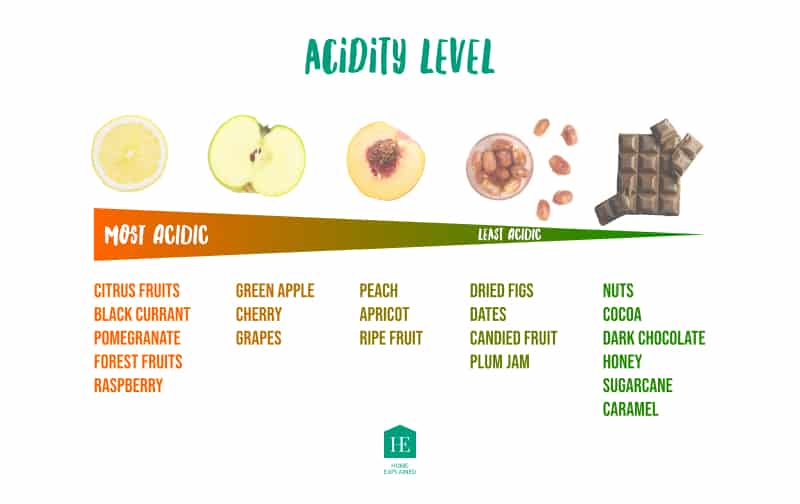
Other Distinctive Flavors
Another distinctive flavor you might encounter when tasting coffee is fermented fruit flavors. Those are a result of the processing method called the natural or dry process, where coffee beans are dried inside the coffee cherries instead of being squeezed out, washed, and dried, which is the most common method.
While some people enjoy these more unusual and exotic flavors, others find them off-putting. For this reason, it’s good to know which words describe these flavors so you can make an informed decision when choosing your next bag of coffee beans.
Generally, if you find names of tropical fruits such as coconut, pineapple, mango, or strawberry but also names of alcoholic drinks such as IPA beer, whiskey, cherry liquor, etc., you can expect some fermented notes in that coffee. The fermented quality of a coffee can also be implied by words such as natural or dry process.
Which Region Has The Best Tasting Coffee?
While some people will swear that Ethiopian coffee is simply the best thanks to its unique exotic flavors, others might prefer the nutty, chocolatey flavors of Brazilian coffee. It’s important to remember that great-tasting coffee can be found all over the world. Factors we mentioned earlier, such as how the coffee is processed, play an essential part in determining the final coffee taste.
Conclusions
Hopefully, this article gave you a better understanding of the different factors that go into choosing the best coffee beans for your Breville espresso machine. One of the exciting things about specialty coffee is that there is a world of flavors and aromas to explore, so don’t be afraid to try new things.
Next time you’re buying a new bag of beans, take the time to read the different flavor profiles and find something that sounds appealing to you. Who knows, you might just find your new favorite coffee!

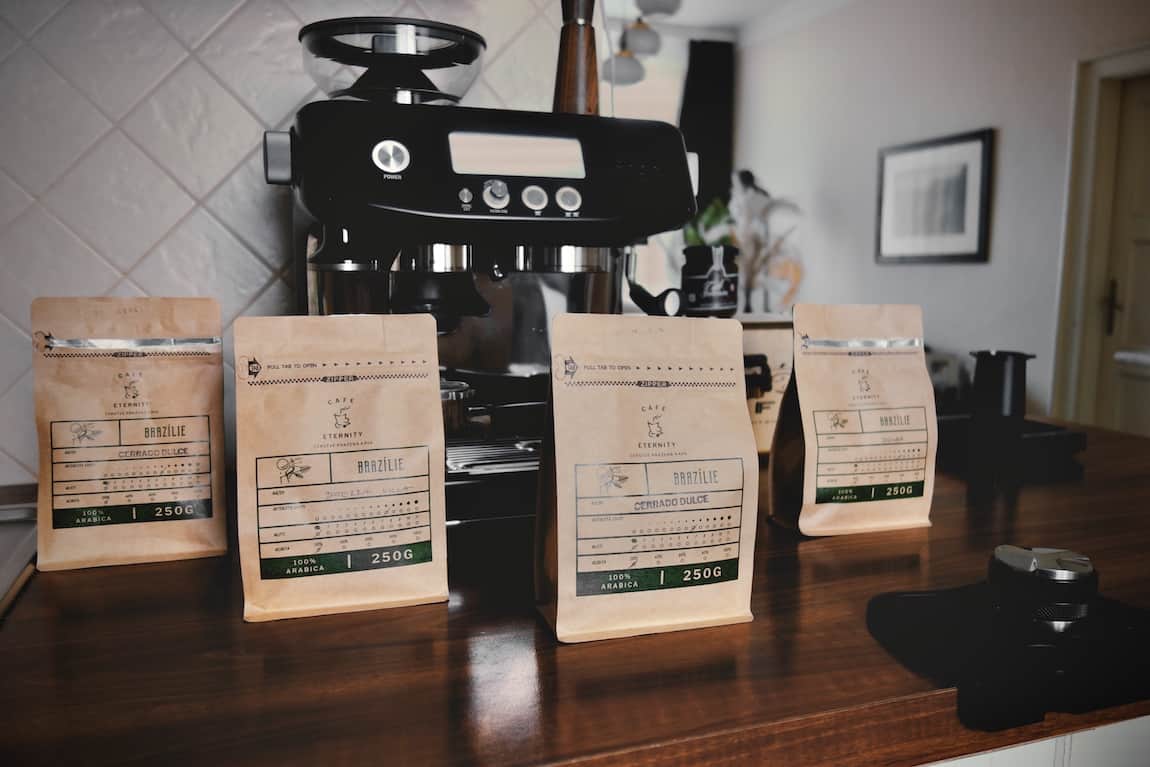

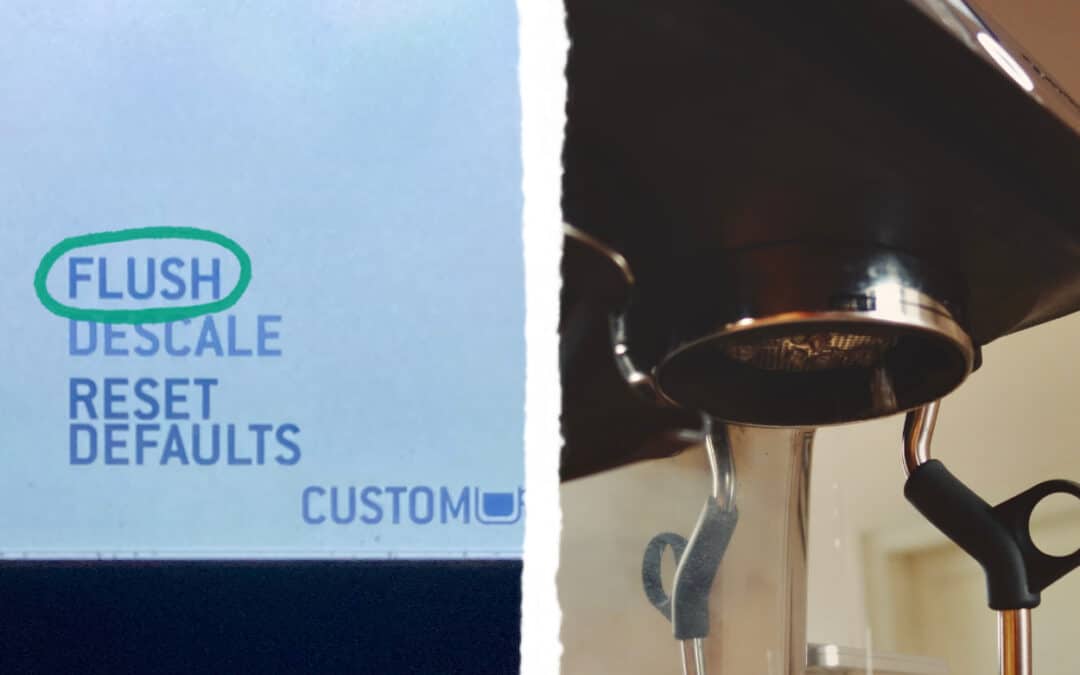
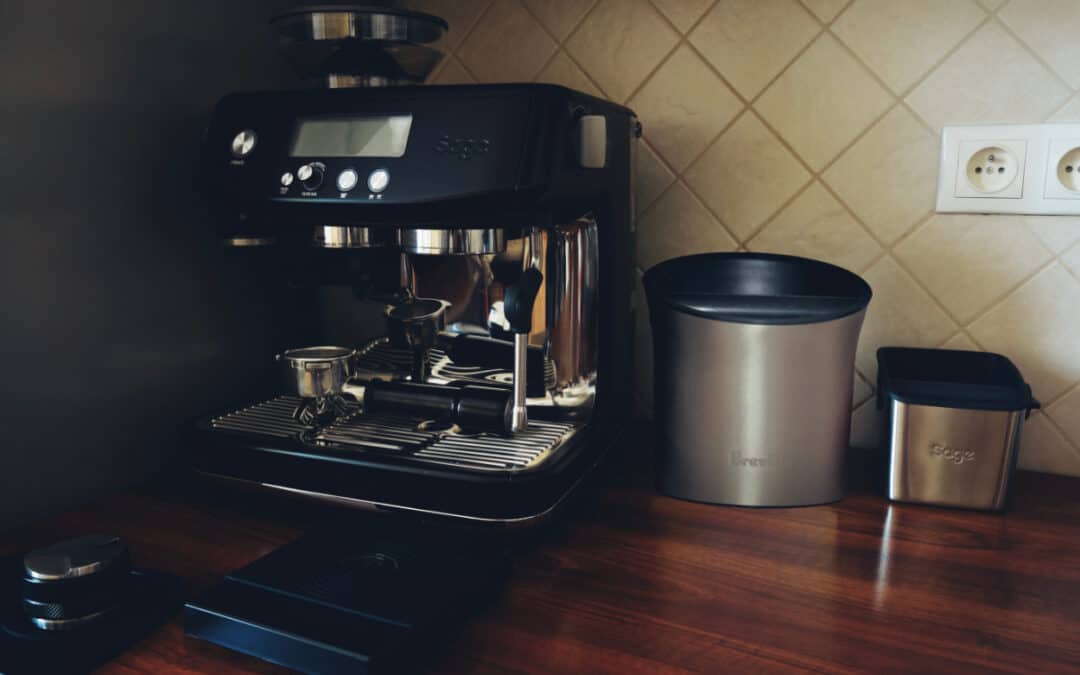
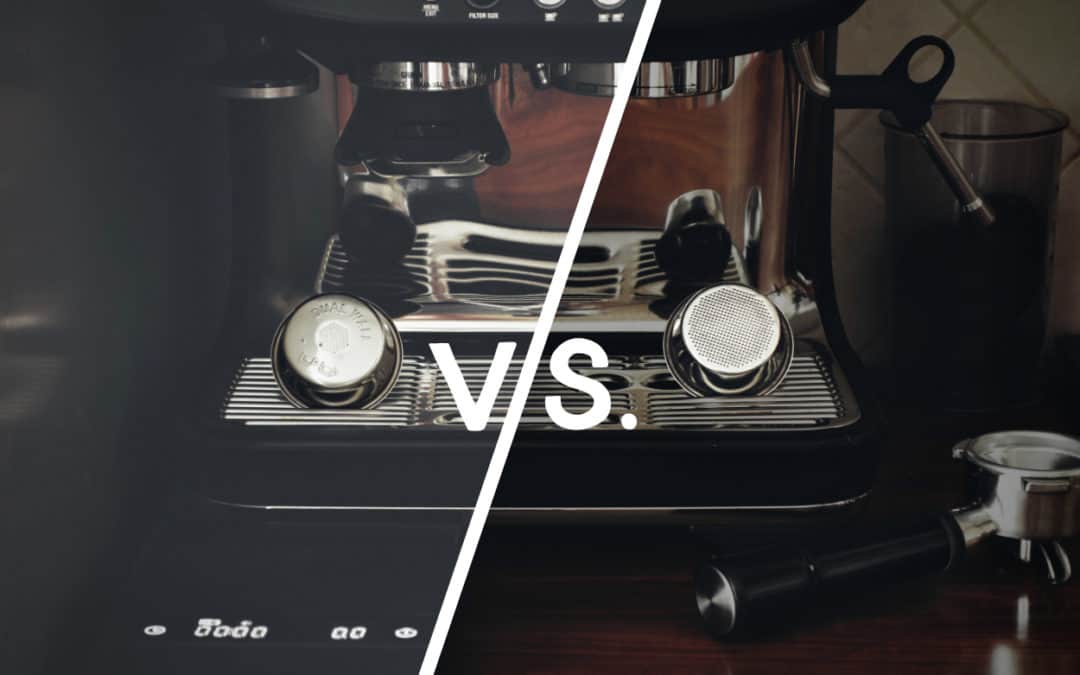

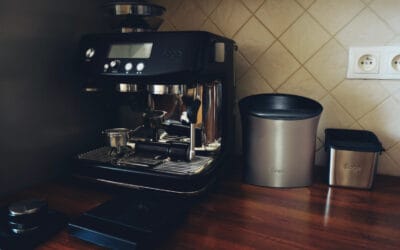
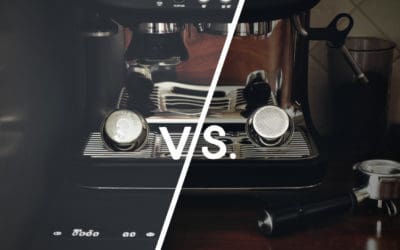
0 Comments